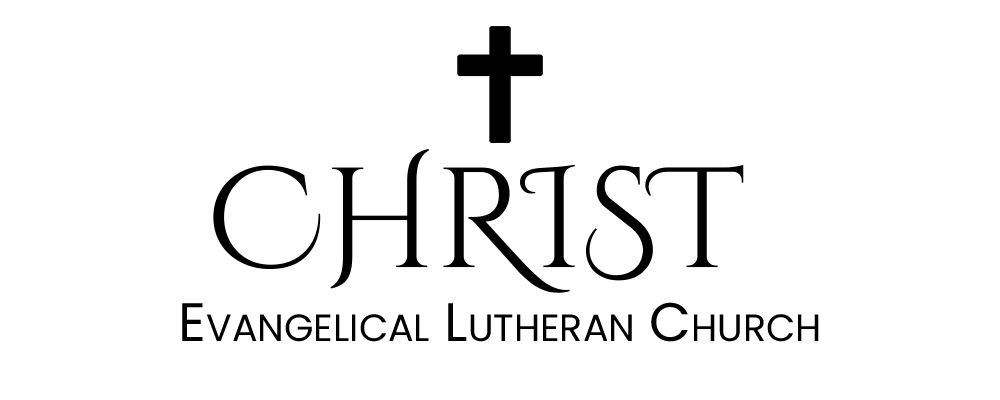Origins of the Divine Service
The most logical place to begin is by asking, "How did we get the Divine Service?" One can find the earliest references to worship in Acts 2:45, which dates back to the 50s or 60s AD, proceeding the writing of the Gospels. This passage describes the early Christian community's devotion to the apostles' teaching, fellowship, breaking of bread, and prayers. These elements formed the basis of early Christian worship, which later evolved into the Divine Service we know today.
The journey of Christianity took a momentous turn in the late 4th century, when it was legalized. By the 6th century, the landscape of worship was being reshaped by the liturgical reforms of Pope St. Gregory. These reforms, which significantly shaped the Divine Service, included the standardization of the order of the Mass, clarification of prayers and liturgical texts, and the introduction of chants that would later evolve into the renowned Gregorian chant. These changes, laid the groundwork for the Western Catholic Mass and, by the end of the first millennium, had become an integral part of the culture.
Surviving relatively unchanged for 1500 years, this Mass was that Martin Luther would have known and been acquainted with. Luther believed that the order of service was a good and gracious gift of God, but despite this, he did hold concerns of theology that he sought to address.
He did not intend to replace the medieval Mass but wanted to correct it where he saw it to be in error. Luther wanted the focus of the Mass to be on the proclamation of the Word of God. He took the Mass, which the church celebrated in Latin during the period, and translated it into the vernacular. This change allowed the addition of vernacular Scripture readings, sermons that emphasized biblical texts, and hymns that helped convey the messages of the readings. These changes also increased congregational participation, including singing and responsive readings.
The service continued to be shaped by the different movements of the Reformation and ideological thoughts. The eighteenth and nineteenth centuries saw the influences of Pietism and Enlightenment. Pietism emphasized personal piety and a direct relationship with God, leading to a more emotional and participatory worship style. The Enlightenment, on the other hand, emphasized reason and intellectualism, leading to a more rational and structured worship style. These influences, along with the early Lutheran immigrants' attempts to adapt to the culture of a new land, shaped the evolving nature of the Divine Service.
A countermovement known as Confessional Lutheranism called for a reconnection with the historical roots of the Lutheran Church. The achievement of this movement came with the Common Service of 1888. From there, it found its way into the General English Lutheran Conference hymnal and eventually into the first English Hymnal, The Lutheran Church - Missouri Synod, in 1912.
While a few minor changes have been made since its inception, the Common Service continues to shape the worship of twentieth-century Lutherans. The Common Service, with its standardized order and common prayers, has provided a consistent and familiar structure for Lutheran worship, fostering a sense of unity and continuity across different congregations and generations. The inclusion of the service in our hymnals is a testament to Luther's sentiment and its enduring influence. - June 2024
